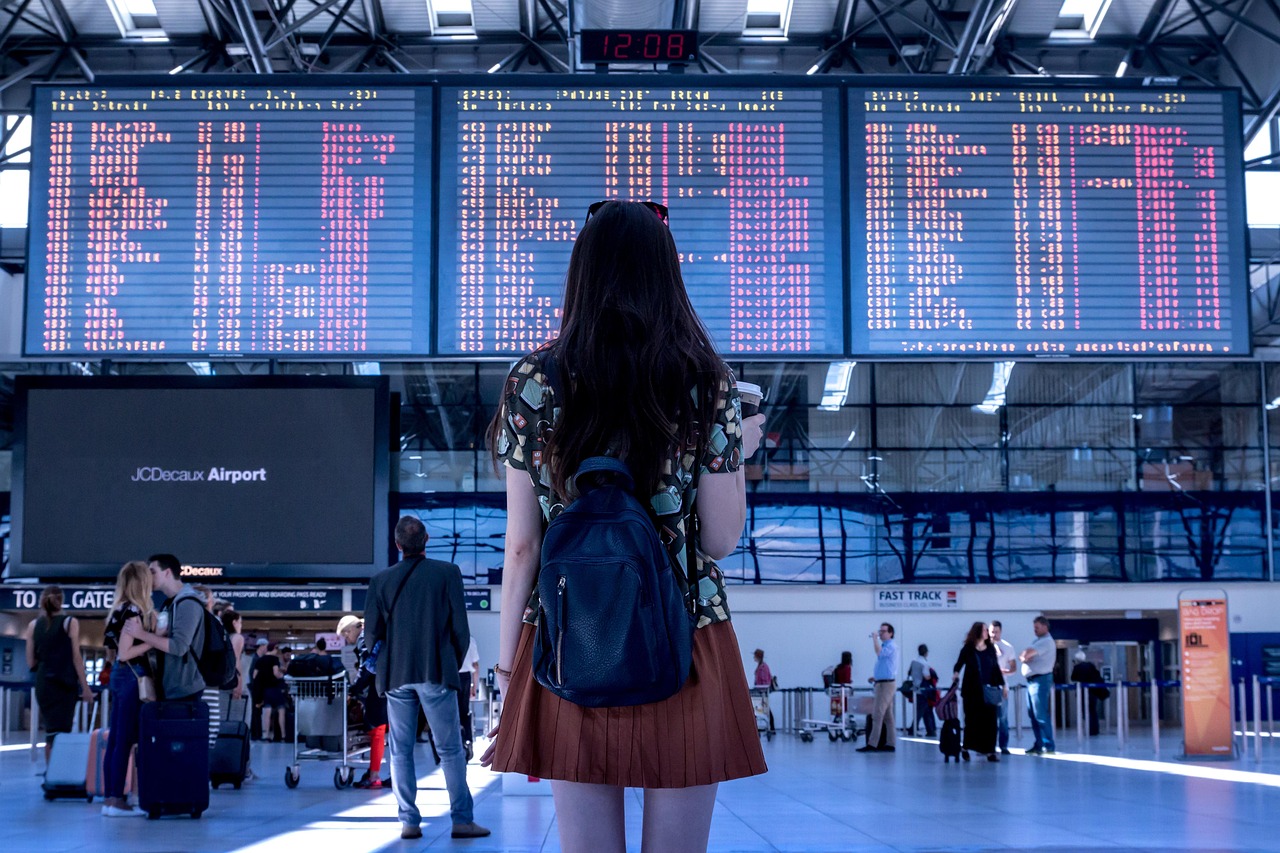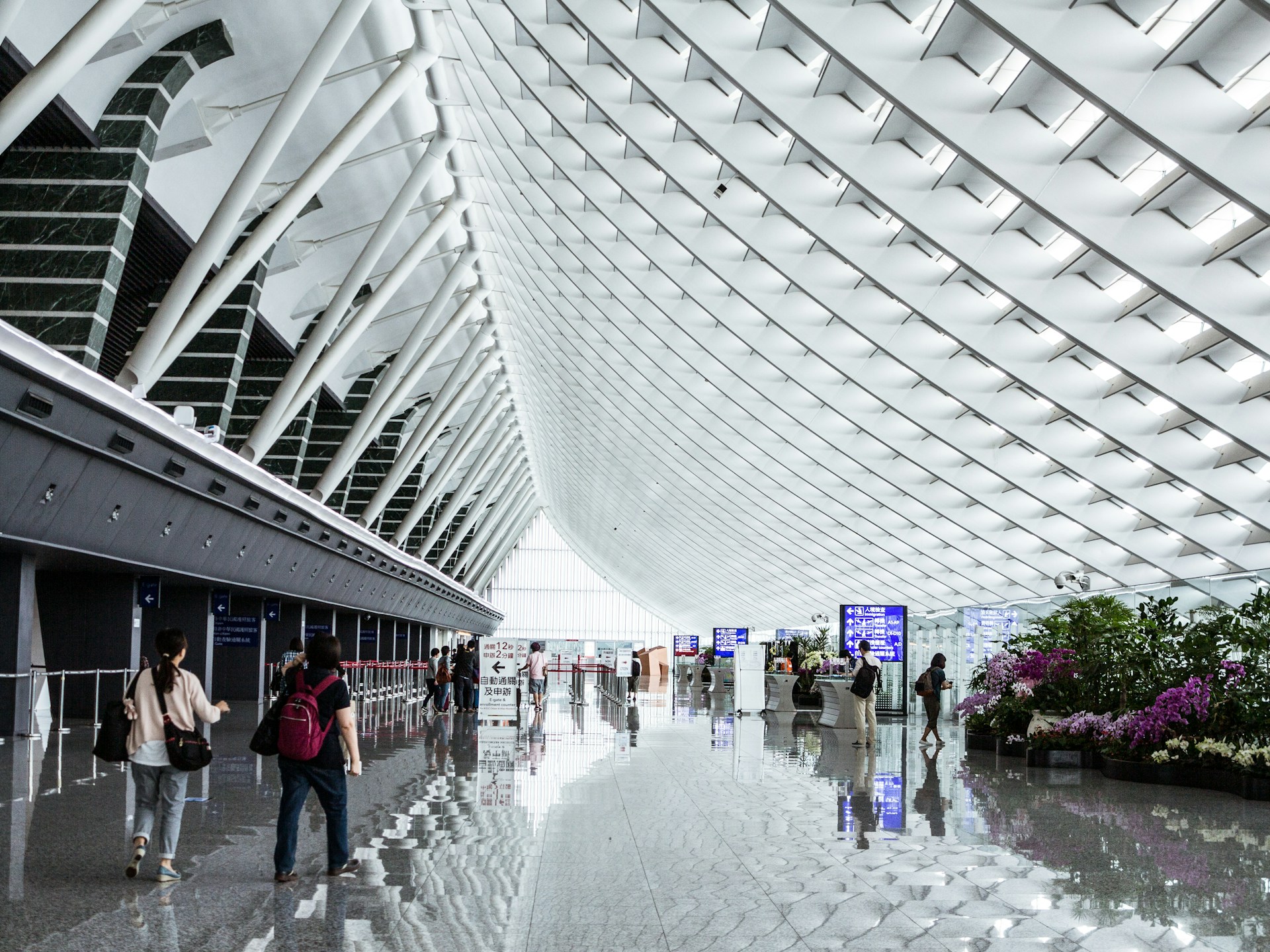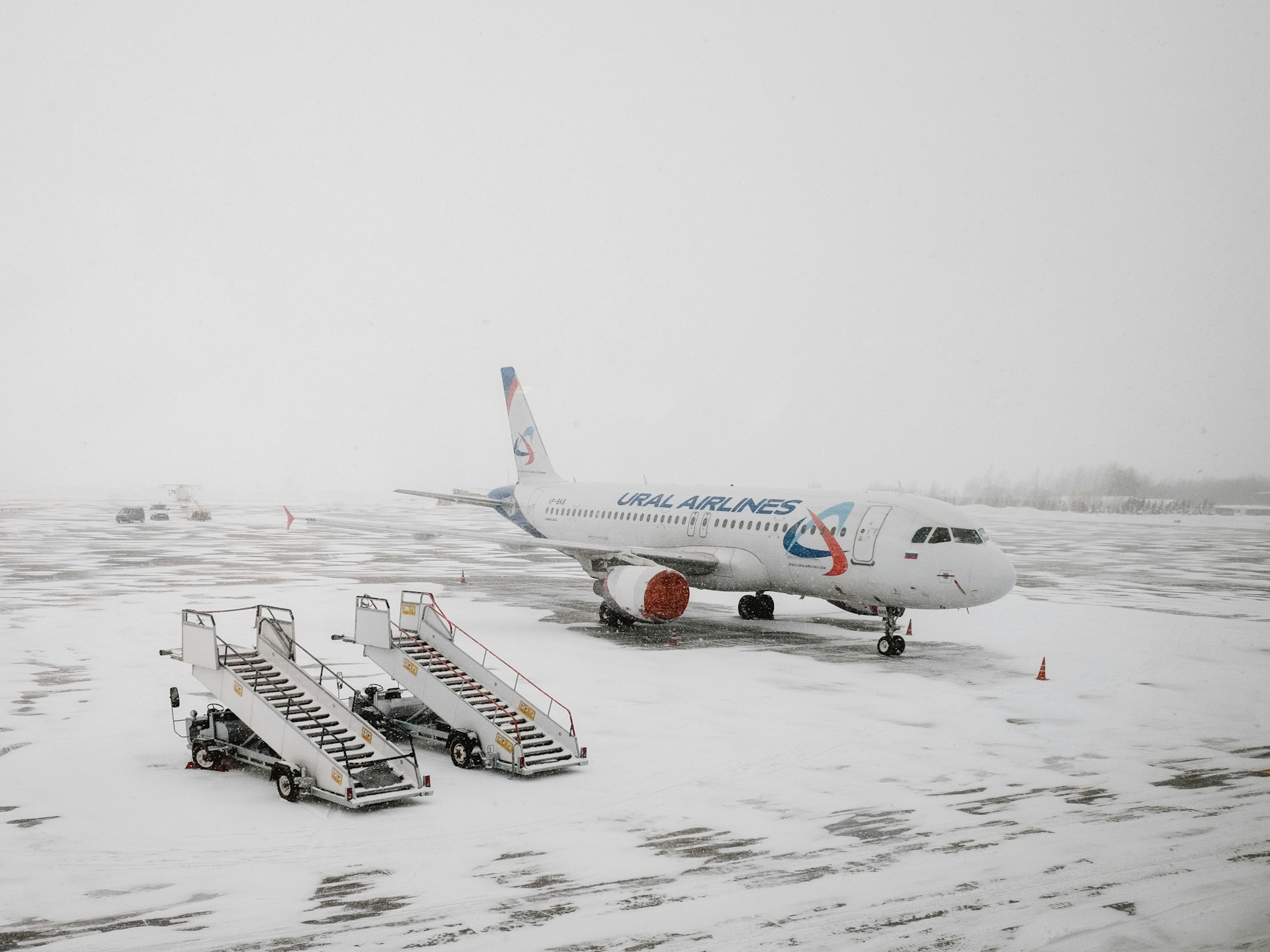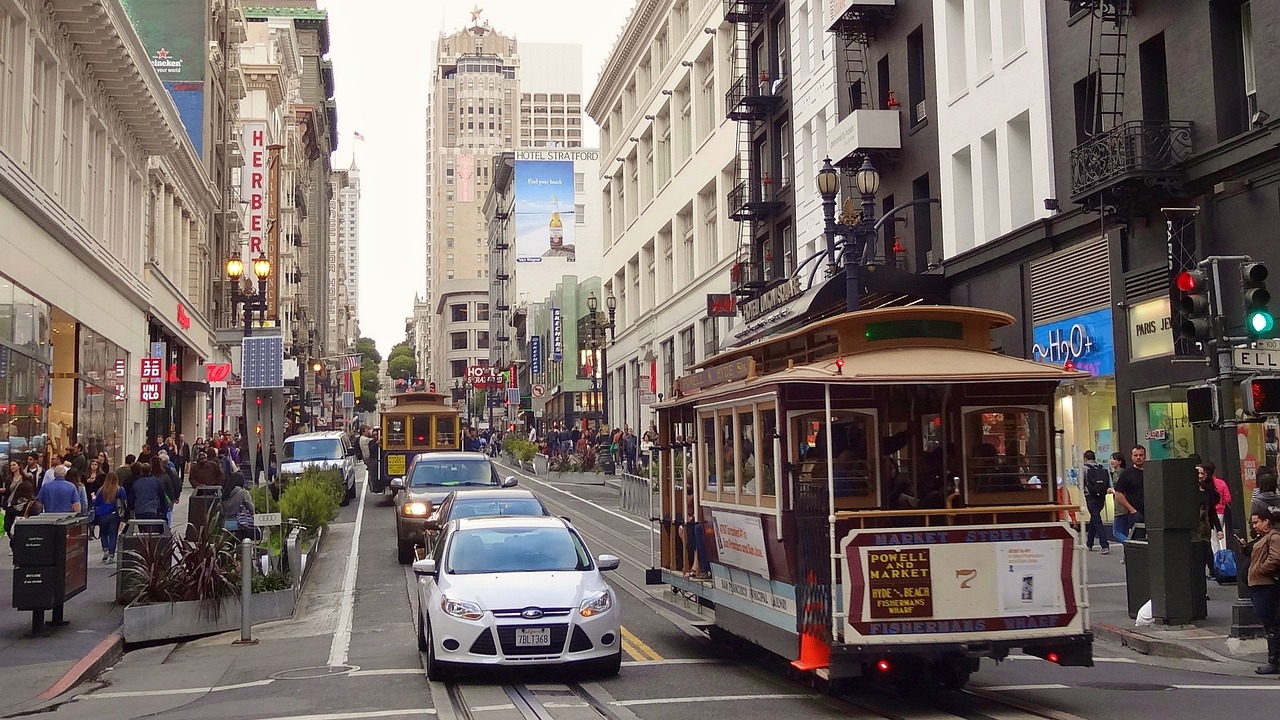Holiday trips rarely implode in one moment. They fade through small signals that show demand outrunning supply. Fares twitch upward, seat maps thin, and decent departure times slip away while the calendar still looks forgiving. Airlines protect revenue, hotels tighten rules, and rental counters hold premium inventory for last. Miss enough cues and the journey still happens, only at a higher price with tougher logistics. Spotting the pattern early protects budgets and sleep, and sets a calmer mood on arrival.
Prices Jump Every Time The Tab Refreshes

Dynamic pricing starts to pulse. A fare climbs by tens of dollars within an hour, settles, then rises again as searches pile up. The average no longer drifts. It ratchets. Adjacent dates stop offering relief because demand lifts both sides of the preferred day. Filters that once returned clean choices now show scattered carriers and awkward times. That rhythm signals a market that has shifted from browsing to triage. Waiting longer turns comparison shopping into a scramble for scraps.
Only Basic Economy Fares Remain

When inventory tightens, the warning is not just a high number. It is the cheapest fare class with the toughest rules. Basic economy lingers while standard economy disappears, taking seat selection, normal carry on terms, and mileage flexibility along with it. The ticket looks tolerable until baggage, seat choice, and change penalties push the total above what a better fare cost two weeks earlier. At that stage the price is not low. It is a trap that narrows every later decision.
Nonstop Flights Disappear From The Grid

Schedules still show many flights, yet the single segment trip slips off the screen. Remaining options add connections in crowded hubs at difficult hours. Total travel time grows by hours with little or no savings to justify it. Families prize nonstops for a reason. They protect daylight and reduce uncertainty. Their absence marks a threshold. Booking after that point means paying more later for the same multi stop route that everyone tried to avoid at the start.
Seat Maps Show Scattered Singles

A healthy flight shows clusters of pairs and trios, even in coach. A late holiday flight shows singles sprinkled across the cabin, with exit rows and bulkheads already taken and middle seats clinging on. Families cannot sit together without upgrades or splitting rows. The map tells a story before the final price does. It says the plane is functionally full and the remaining seats carry friction that turns into stress at boarding and fatigue at baggage claim.
Award Seats And Companion Tickets Are Gone

Loyalty programs tighten first on peak dates. Saver awards vanish, dynamic pricing spikes, and companion certificates throw errors on the final screen. Hold times for agents stretch as many try the same play. Flexible travelers still find space midweek, but prime weekends become mileage sinkholes. Points may still move value for hotels or car rentals, yet the easy flight redemption window has closed. That moment is a clock striking midnight for anyone counting on loyalty to fix the budget.
Departure Times Drift To Red Eye Or Dawn

The civilized morning and midafternoon departures evaporate, leaving choices that land at 1 a.m. or push alarms to 3 a.m. Those times ripple through the plan. Airport trains run less often. Rideshares surge. Hotel desks go skeleton crew and early check ins become long shots. The savings rarely justify the strain. The group that starts exhausted arrives brittle. When only fringe departures remain, the deadline passed quietly and comfort now carries a visible surcharge.
Connections Stretch Past Sensible Layovers

What used to be a tidy 75 minute change morphs into three hours that miss dinner and bedtime. Hubs that once offered hourly shuttles now show gaps that line up poorly with arrivals. Weather buffers vanish, then reappear as overlong waits in crowded terminals with limited seating. These layovers look safe on paper and punishing in practice. They expose the trip to more points of failure without meaningful savings. That geometry signals a booking window that closed last week.
Hotels Display Last Rooms And Prepay Only

Search results return the right neighborhood at the wrong terms. Remaining rooms require nonrefundable deposits, two night minimums, or full prepayment even for a single holiday stay. Flexible cancellation disappears, breakfast adds a surcharge, and view categories sell out, pushing parties to connecting rooms at a higher rate. Independent properties hold firm because demand assures replacements for any cancellation. When those policies dominate, the choice has shifted from picking a stay to accepting a set of penalties.
Rental Cars Require Premium Tiers Or Bundles

Compact and midsize classes vanish first on peak weeks. Late shoppers see premium sedans, SUVs, or luxury trims with mandatory add ons that lift the total far beyond any flight savings. Off airport locations show limited hours and extra fees for late returns. Loyalty lines still move, but the car at the end may not fit luggage or budget. Scarcity spreads across cities linked by family travel. When only high tier vehicles remain, ground costs become the surprise headline.
Travel Windows Collide With Storm Blackouts

Holiday weeks often sit inside weather patterns that airlines track closely. Schedules keep capacity, but waiver maps and crew rules tighten behind the scenes. Late bookings lose flexibility when storms sweep through hub corridors. Reaccommodation favors earlier ticketed passengers, and standby lists grow thick by dawn. The plan that once relied on switching days becomes a fixed point that resists change. That rigidity is the price of waiting until seasonal risk is no longer theoretical but present.
Family Plans Cannot Sync On One Itinerary

When a group tries to book together and the system cannot seat everyone on the same flight at the same price, the window is closing. Splitting into separate records triggers different rules, boarding orders, and upgrade paths. A single delay can scatter arrivals across hours. Coordinating pickups, car seats, or elder care turns into a puzzle with moving pieces. That friction signals a market that has already absorbed the season’s demand and now sells what is left in fragments.


